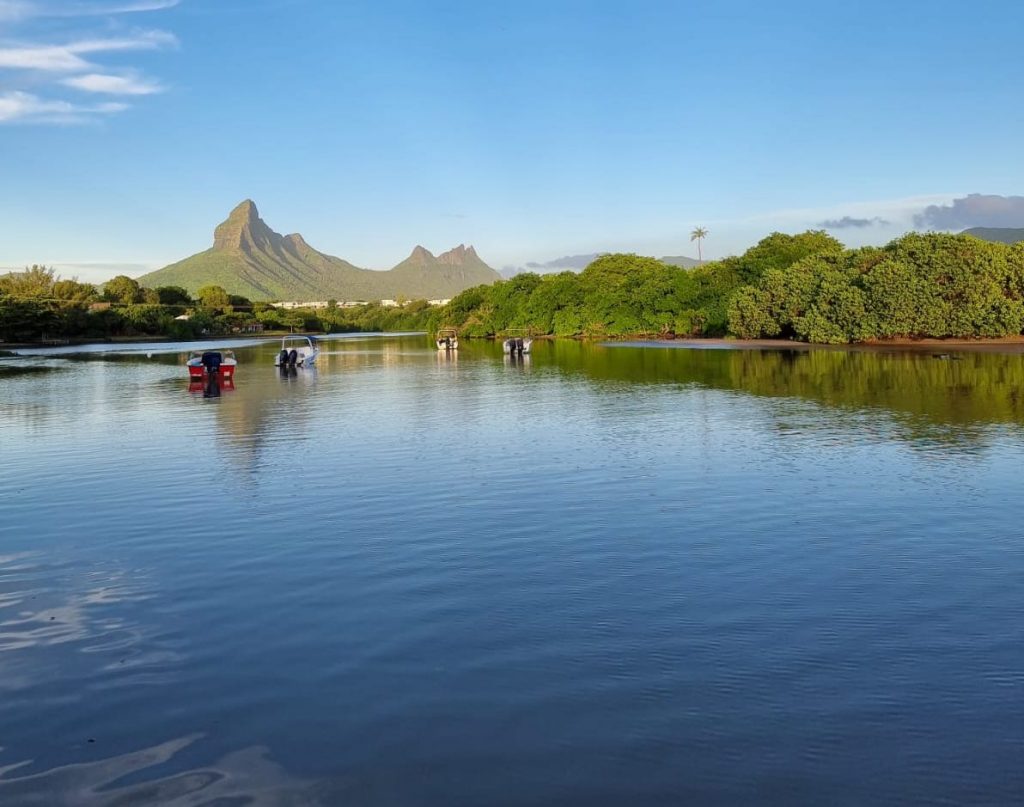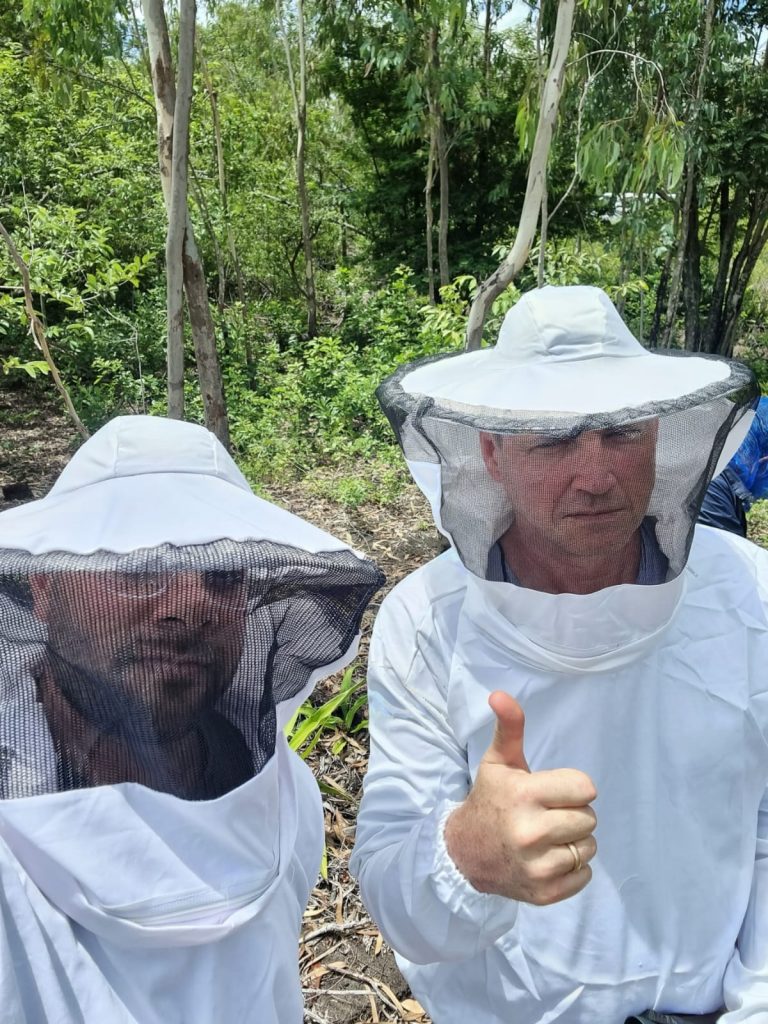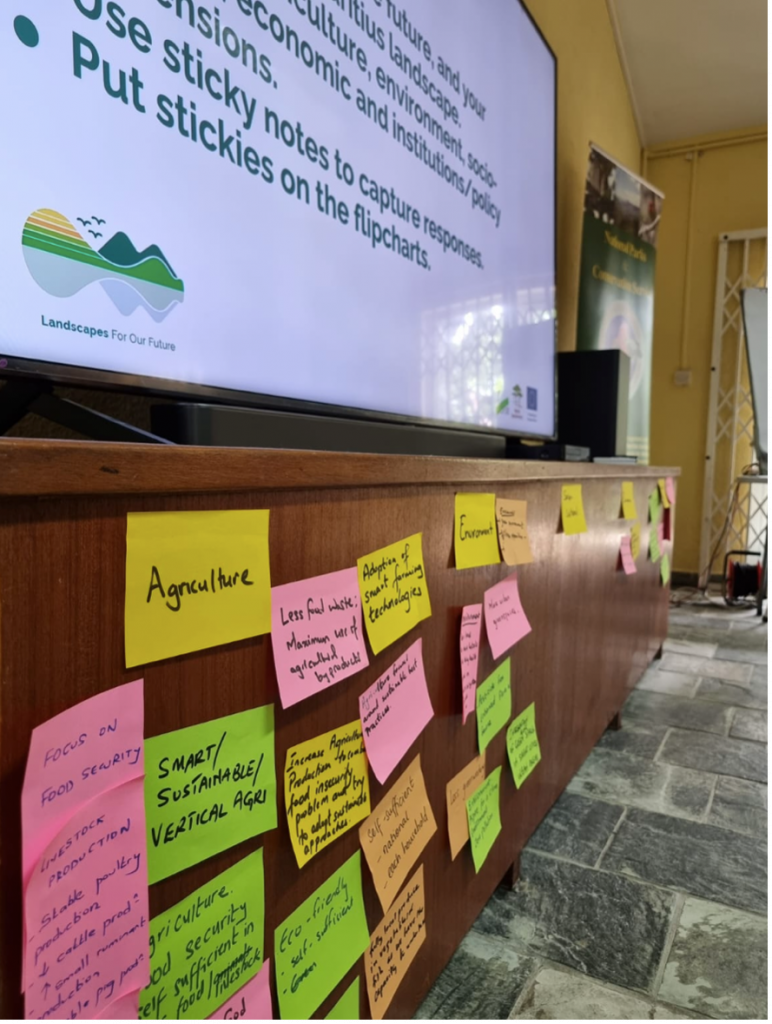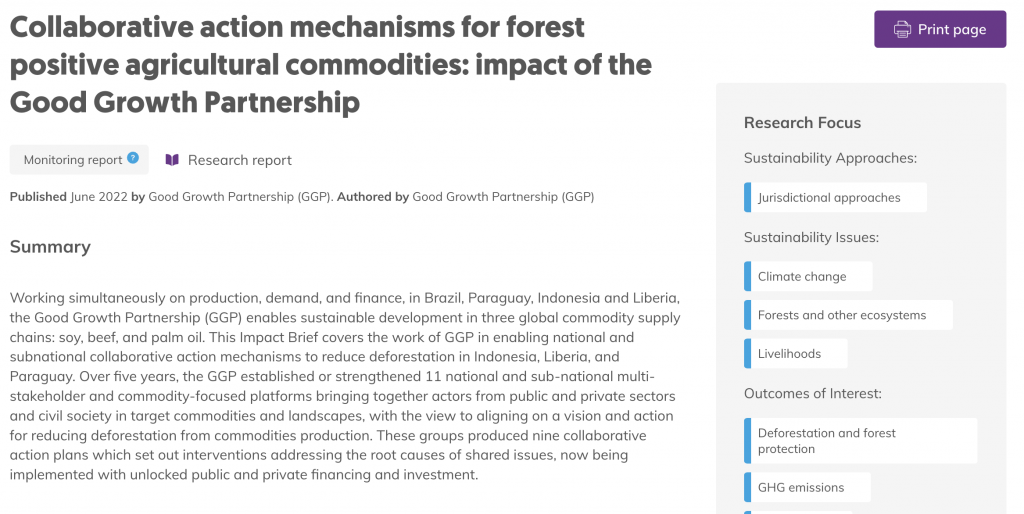In the realm of Integrated Landscape Management (ILM), one pressing challenge often takes centre stage: deforestation. As we delve deeper into this complex problem, a compelling truth comes to light: cattle ranching is typically a significant driver of this activity.
In recent years, strategies to promote sustainable alternatives to conventional ranching have emerged, aiming to mitigate and adapt to climate change, reduce deforestation, preserve vulnerable ecosystems, and mitigate the impacts of cattle production. Achieving these objectives often involves endorsing enhanced practices, implementing robust monitoring systems, and fostering collaboration among various stakeholders. ILM could be conducive to sustainable cattle ranching and enable pathways to achieving impact at scale.
Under the EU-supported Landscapes For Our Future programme, there are several ILM projects in Latin America that have begun addressing deforestation related to cattle production by experimenting with sustainable approaches to cattle ranching. These projects include Mi Biósfera in Honduras, Cerrado Resiliente (CERES) in Brazil/Paraguay, Paisajes Resilientes in Bolivia, Paisajes Sostenibles in Colombia and Paisajes Andinos in Ecuador. Of these, the first three are the furthest advanced, and ready to offer lessons to our programme.
Towards more sustainable cattle ranching in Landscapes For Our Future projects
Over the last decade, sustainable cattle ranching has attracted greater visibility and importance. It is also becoming a more frequent requirement in global beef markets due to new regulations supporting the transition towards sustainable agriculture and forestry. For instance, last month the European Union passed the EU Deforestation Regulation (EUDR), seeking to reduce the EU market’s impact on deforestation and forest degradation globally. The EUDR requires the operators and traders of key commodities – such as cocoa, coffee, cattle, timber and palm oil – to be ‘deforestation-free’. This transition will also enable countries to comply with climate change mitigation and conservation commitments. Moreover, even if cattle farmers are not seeking to position their products in European or other export markets, sustainable ranching can support ranchers in multiple other ways.
The Mi Biósfera project being implemented in the south-western flank of Honduras’ Río Plátano Biosphere buffer zone is actively spearheading the adoption of promising technologies aimed at driving the transition towards sustainable cattle ranching. A collaborative effort between Honduras’ Forest Conservation Institute, the Zamorano Pan-American Agricultural School and the Mi Biósfera Consortium, which comprises FUNDER, the National Agricultural University, and the Secretariat of Environment and Natural Resources (SERNA), Mi Biósfera is providing training on sustainable practices to approximately 1,000 cattle ranchers through field schools and facilitating access to advanced technologies via sustainable finance programmes.
For example, Redin Valecillo’s involvement in Mi Biósfera has shown economic and environmental benefits at his farm, Los Mangos. The project introduced a more sustainable rotational grazing system, allowing his soils to recover and the quality of pasture to improve, thus enhancing its nutritional value for his cattle. More sustainable ranching has resulted in weight gain and increased milk production for his cows, while also reducing production costs over time. Notably, the use of solar panels and electric fencing has further lowered expenses. The system’s efficiency has reduced labour requirements, and the return of riparian forest cover has improved water management. Decreased pesticide usage has led to increased biodiversity on the farm, and Mr. Vallecillo’s farm — one of the 20 farms in the pilot programme— is transitioning towards reduced carbon emissions.
The path to collective sustainability
ILM acknowledges the intricate interconnections among distinct stakeholders and their land use systems within landscapes, such as forests, pastures and water bodies. Adopting an ILM approach requires recognizing the importance of coordination and collaboration among interest groups. By convening farmers, local communities, government agencies and environmental organizations, among others, ILM facilitates collaborative efforts to address complex challenges such as deforestation, water management or land tenure, while unlocking numerous benefits for the social and economic development of farmers and their communities.
The CERES project in Paraguay illustrates how collaborative processes can provide a common platform for stakeholders to share knowledge, align goals and develop coordinated strategies to prioritize forest preservation while meeting the needs of producers, such as cattle farmers. By working together, stakeholders can pool resources, leverage expertise and ensure effective monitoring and enforcement of zero-deforestation commitments. By encouraging open dialogue and fostering a deeper understanding of different stakeholders’ perspectives and concerns, ILM serves as a catalyst for stakeholder coordination, enabling a unified and concerted effort towards achieving more sustainable cattle ranching practices.
WWF Paraguay, responsible for implementing the CERES project in the Alto Paraguay landscape, has successfully engaged small, medium and large-sized ranchers through a multistakeholder platform that highlights shared interests among stakeholders. WWF Paraguay’s efforts have resulted in significant collaboration among diverse stakeholder groups, focusing on the Bahía Negra district’s land use management plan, known as POUT (Plan De Ordenamiento Urbano y Territorial).
The POUT Roundtable was established as a multi-stakeholder platform to support the POUT process. It facilitated dialogue and feedback from various entities in the landscape, including national government agencies, the Bahía Negra municipality, local and regional cattle ranching associations and other producer associations, environmental and social organizations, indigenous groups and NGOs like WWF. Their participation was driven by the desire to have their interests represented in the final territorial planning process.
The POUT Roundtable, initially established with one specific goal, has evolved into an entry point for multi-stakeholder dialogue on a range of issues that was previously lacking in the territory
Valentina Bedoya, WWF Paraguay’s Sustainable Landscapes Officer
The POUT Roundtable has proven to be a successful mechanism for participatory decision-making and consensus building regarding land use in the territory, a sensitive topic because it touches on peoples’ livelihoods. However, an important lesson learned, as expressed by Patricia Roche, WWF Paraguay’s Project Specialist, is the need to empower governmental authorities to effectively lead these spaces. As highlighted by Roche, “it is crucial for these platforms to be led and convened by local or national authorities, as certain interest groups may view international NGOs as outsiders with conservation biases that could influence the outcomes.”
In addition to its involvement in the POUT Roundtable, WWF Paraguay, through the Alliance for Sustainable Development, offers technical assistance to cattle producers and establishes connections with a sustainable cattle market. CERES also provides them with assistance in the field to support nurseries for native tree species for use in silvopastoral systems. Moreover, CERES conducts fire management activities in which different landscape stakeholders — including the cattle sector — are involved. As a result, better management practices are being implemented in the territory.

In Bolivia, another effort at multi-stakeholder coordination is attempting to support a transition towards sustainable cattle farming practices to adapt to climate change effects such as water scarcity. In Bolivia’s dry Chiquitano forests, the Paisajes Resilientes project, led by GIZ, has been working with small and medium-scale cattle producers. In this region, sustainable farming initiatives, especially by reducing deforestation and improving water management practices, are being promoted as alternatives that could help ranchers mitigate and adapt to the adverse effects of the droughts impacting the area.
Taking the bull by the horns: balancing tradeoffs and defining shared goals
An important barrier to the adoption of sustainable practices is that producers need to see a clear benefit to transitioning from conventional ranching practices. Recognizing future benefits can also involve balancing tradeoffs between different interest groups and defining shared goals that might be difficult to achieve individually – such as the management of wildfires that the CERES project is addressing. By showcasing compelling examples of sustainable cattle ranching, such as Mi Biósfera’s model farms, other farmers might be inspired to harness greater positive economic, social and environmental outcomes themselves. In fact, farmers within Mi Biósfera’s intervention area have already attracted other farmers to adopt similar sustainable and climate-smart farming approaches.




















